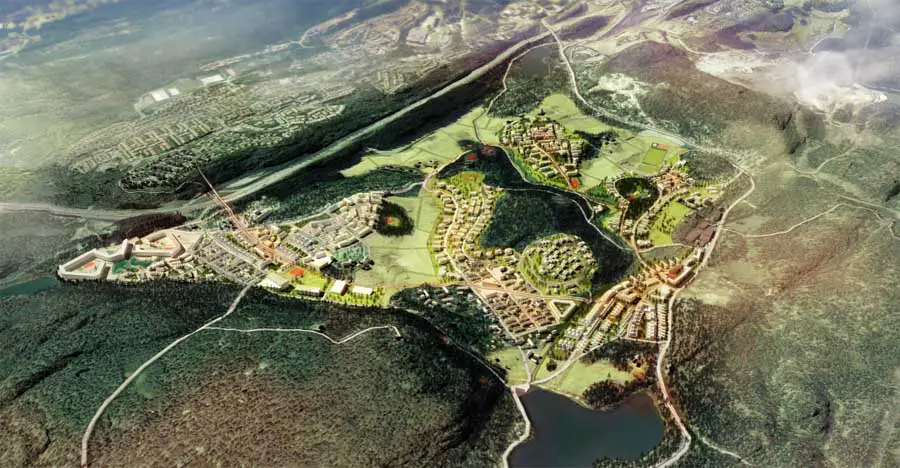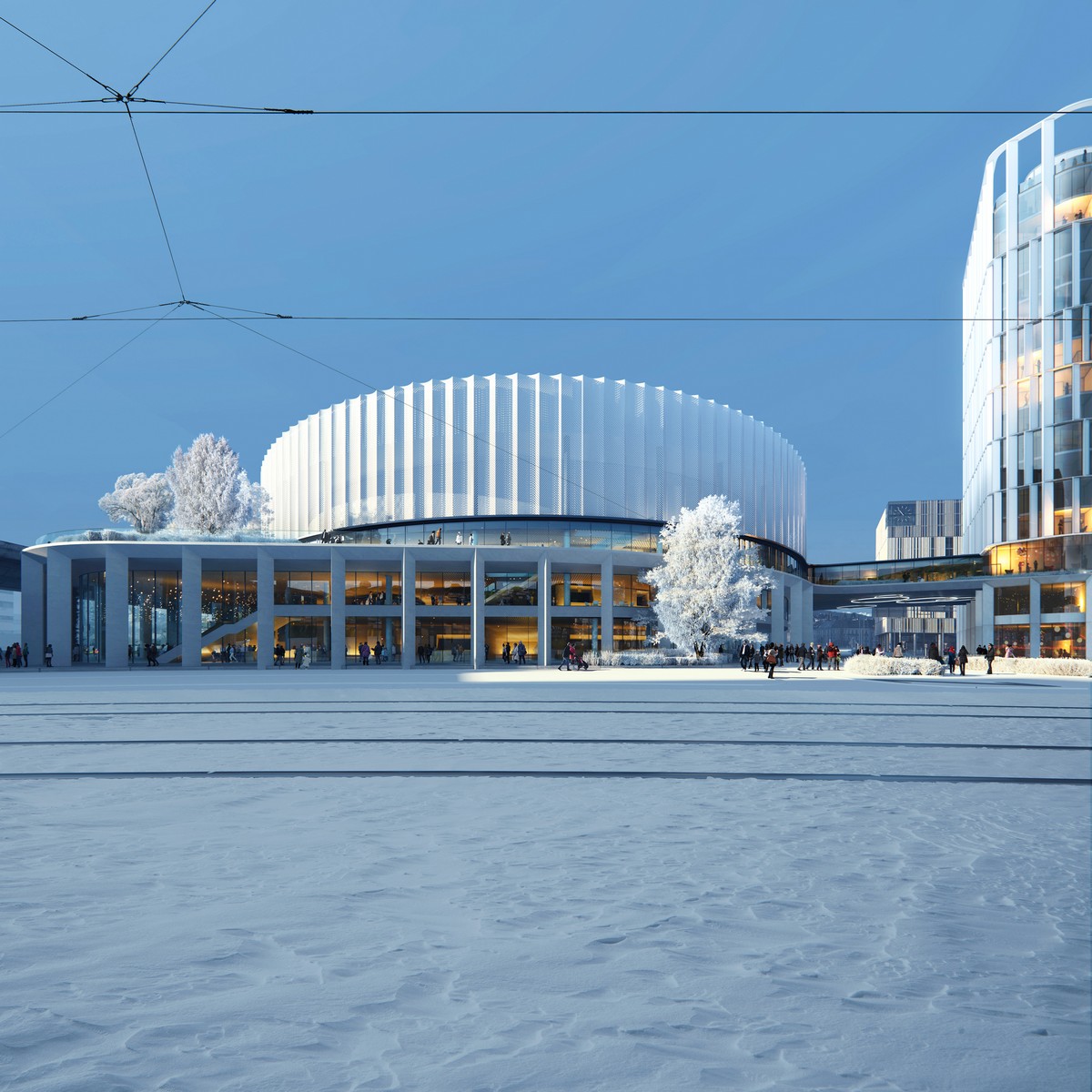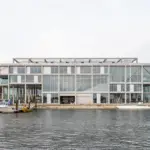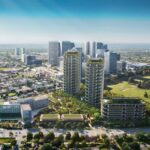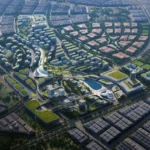Gjersrud-Stensrud Hill Towns Oslo, Norwegian Residential Building, Design
Gjersrud-Stensrud Hill Towns, Oslo, Norway
Oslo Residential District, Norway – design by S333 Architecture + Urbanism / 3RW Arkitekter
6 Mar 2012
Gjersrud-Stensrud Hill Towns Oslo
S333 proposes 21st century hill-towns for Gjersrud-Stensrud, Oslo
Design: S333 Architecture + Urbanism
S333 worked in collaboration with Bergen-based architects 3RW Arkitekter and ecologist Christian Mong to transform the 390 ha site into a new residential district comprising of 6000 – 7000 new homes, services, amenities and recreational areas.
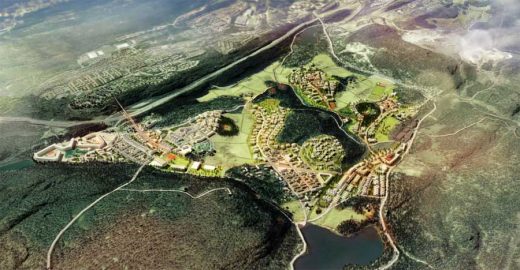
picture from S333 Architecture + Urbanism
Introduction
Uneffected by the financial crisis, Norway’s capital city Oslo is expanding fast as it responds to the need to provide more housing. For more than 10 years, the area of Gjersrud-Stensrud, has been identified as one of the last, large-scale development zones in the city, lying close to the city ring road and close to lines of existing public infrastructure (metro and bus).
For all future urban development in the city, the municipality has set ambitious standards: a 50% reduction of C02 emissions by 2030 (from 1990 levels); a large proportion of residential buildings should be within 500m of a bus or tram stop; a strict management of water, waste and renewable energies.
The existing Gjersrud-Stensrud the site is lies between two large mountains and can be roughly divided into two conditions: (1) mountainous areas with poor coniferous forest and (2) low-lying terrain with cultivated farmland, swamp vegetation, streams, hills and lakes. The different habitats in the low-lying terrain have a limited distribution in Norway and in addition, support a wide range of vulnerable species.
The city municipality owns only a small amount of the site. The majority of the land is sub-divided between numerous landowners and local inhabitants, who also depend on the land for their livelihood.

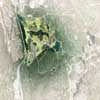

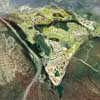
pictures from S333 Architecture + Urbanism
Challenges
The design team identified the challenges for the masterplan as :
– to introduce new development without destroying the natural environment and habitats
– to orgainse the low density development into architectural form that could deliver quality, density and diversity
– to set up a spatial frame-work, robust enough to enable the Oslo municipality to manage the multiple demands and aspirations of the project’s stake-holders
– to combine the city’s ambitious environmental objectives with a strategy to protect and underpin local social and economic values.
Project Description
The masterplan strategy is premised on four key planning concepts: (1) establishing a landscape strategy that protects farmland and precious natural habitat from future development (2) making parks and open spaces that are linked to the surrounding mountains and forests (3) focusing social amenities into development nodes linked to public infrastructure and (4) building neighbourhood centres that have distinctly different identities, architectures and street scapes.
The landscape strategy sets out a strengthen the presence of four natural habitats: flowing water, streams and ponds; soft terrain such as swamps and marshes; wooded land such coniferous forests, old deciduous forest and swamp forests; cultivated land such as gardens, meadows and natural pastures.
The masterplan offers an alternative model to typical Norwegian suburban sprawl by enforcing an extensive ‘no-build’ zone and by concentrating the low-rise housing into a series of ‘village-like’ clusters of development. Housing typologies take advantage of the topography to organise transitions from public to private space, to direct views from key vantage points and to hide parking in underground or semi-underground basements.
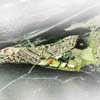
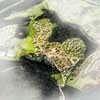
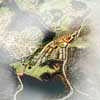
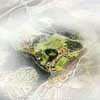
pictures from S333 Architecture + Urbanism
Topography and Architectural Character
The defining character of Gjersrud-Stensrud – its topography – has been used extensively to shape the design of building clusters and typologies and to broaden the ‘hill-town’ qualities that the design team wished to generate. The design team built a 3-dimensional model of the 390 ha site. This was used as a tool to accurately map the topography of the various settings for the different neighbourhoods.
The unique topography of each setting was then used to create distinct urban character, building form and architectural identity. The design proposals demonstrates how landscape and topography can be employed to inform the organisation of built form and typology, from the macro to the micro scale. A hierarchy of spaces would deliver distinct characters from public squares and hill-top promenades to more intimate spaces, courtyards, lanes and mews.
Gjersrud-Stensrud Hill-Towns – Building Information
Location: Oslo, Norway
Client: Oslo Kommune
Architects: S333 Architecture + Urbanism, London
Collaborators: 3RW Arkitekter, Bergen Christian Mong, Ecologist and Field Biologist, Bergen
The proposal is currently being exhibited at the Norwegian Design and Architecture Centre, Oslo
Gjersrud-Stensrud Hill Towns Oslo images / information from S333 Architecture + Urbanism
Location: Gjersrud-Stensrud, Oslo, Norway
Norwegian Architecture
Contemporary Norwegian Architecture
Norwegian Architectural Designs – chronological list
Oslo Architecture Tours by e-architect
Oslo Building Designs
, Økern
Design: a-lab
Eco Cube Oslo
Statoil Offices
Design: a-lab
Statoil Offices Oslo
Furuset Masterplan – Architecture Competition win
Furuset Masterplan
Oslo Operahouse
Design: Snøhetta
Oslo Operahouse by Snøhetta
DnB NOR Headquarters Building, Oslo
Design: MVRDV
DnB NOR Headquarters
Crystal Clear, Oslo
Design: C. F. Møller Architects / Kristin Jarmund Arkitekter
Crystal Clear Oslo
Comments / photos for the Gjersrud-Stensrud Hill Towns Oslo page welcome

